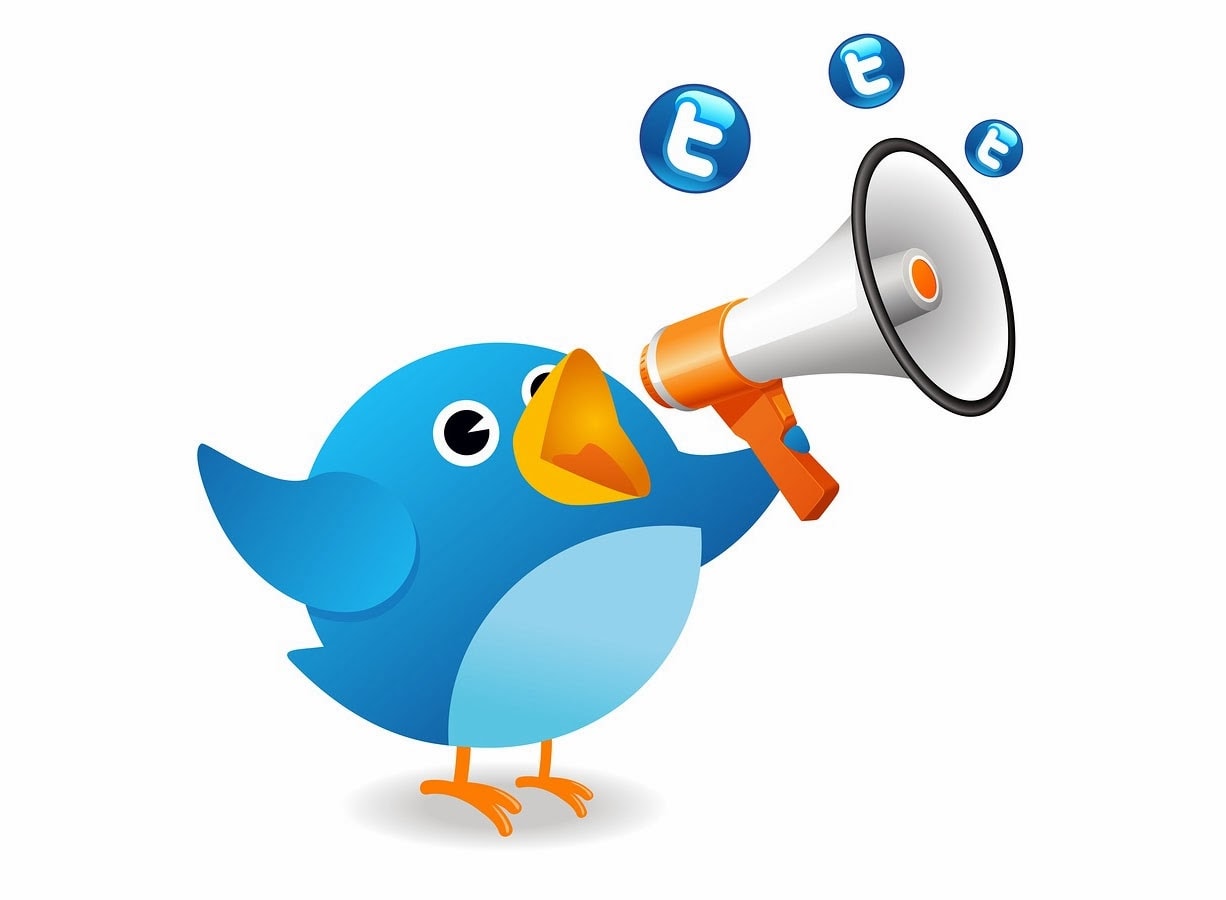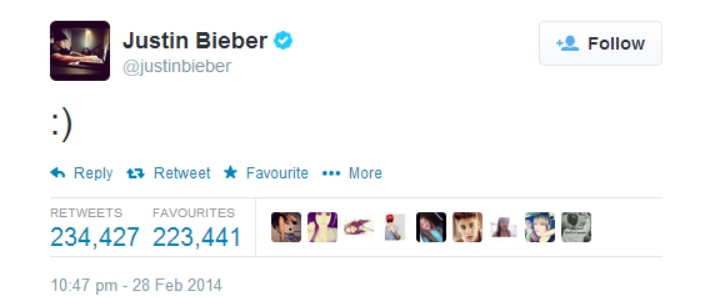 It can be hard making sense of Twitter. When there is so much chatter there, it is hard to know who to listen to. Adam Parker, founder of social listening platform Lissted, points out that every day half a billion tweets are posted. And somewhere among them are those that could damage your reputation, or provide an opportunity for your brand to participate in an influential conversation. But how do you find the meaning in all that noise?
It can be hard making sense of Twitter. When there is so much chatter there, it is hard to know who to listen to. Adam Parker, founder of social listening platform Lissted, points out that every day half a billion tweets are posted. And somewhere among them are those that could damage your reputation, or provide an opportunity for your brand to participate in an influential conversation. But how do you find the meaning in all that noise?
Parker says: “Retweet count is often used as a measure of a tweet’s significance, but on its own it tells us very little. As an illustration, we analysed the Top 25 UK and US tweets based on retweet counts over the previous 30 days. The period (3 February 2014 to 3 March 2014) took in both Superbowl night and the Oscars."
“Top of the pile is *that* selfie from the Oscars with 3.3 million retweets, along with another picture that night from Ellen DeGeneres that comes in at 20th. The other 23 tweets are all by Justin Bieber (12) or the members of One Direction (11) – and all of them have over 162,000 retweets!"
“Some of these tweets appeared in celebrity round ups, or were featured in media coverage relating to Valentine’s Day, the Brit awards and Justin Bieber celebrating his 20th birthday and reaching 50 million followers. Of course for their armies of “Beliebers” and “Directioners” this is engaging stuff, but when you look at them it doesn’t seem likely that these conversations mattered a great deal to most other people.”

Parker points out that although these 25 tweets are extreme examples, they demonstrate the danger in simply measuring volume: “Instead of listening to the noise, what if we started with ‘signal’ instead? That’s the approach that the Lissted application takes. It identifies people and organisations that we know have real-world authority in relation to a topic. The platform then learns who else in that community matters by observing who they relate to and engage with the most. These relevant experts then act as a ‘superhuman’ filter, highlighting the conversations that matter.”
Looking at Lissted’s Top 25 tweets over the same period the Oscar selfie is still top, and Ellen’s “blurry” picture appears too, but they’re the only two tweets in common with the other list. The remaining 23 are all from different sources and cover a wealth of serious and light-hearted news and content, including:
- Lizzy Yarnold’s gold medal triumph;
- Harriet Harman’s challenge to the Daily Mail on the treatment of children;
- Flappy Bird creator, Dong Nguyen, announcing the game’s demise;
- Journalists complaining about Sochi’s hotels;
- Microsoft’s new CEO, Satya Nadella, promising to be more social; and
- President Obama asking for no ‘House of Cards’ spoilers.
Parker comments: “Many of these conversations provided real opportunities for engagement and involvement. As an indication of their significance, 24 of the 25 were not only reacted to extensively by relevant influencers, they were featured in wider media coverage (see this Storify for examples).”
In conclusion, Parker says: “If we want to be able to participate in, and influence, the conversations on Twitter that matter, it is imperative we identify both their nature and the relevance of who’s engaging in them. This means not basing our judgements on simply machine-generated counts of volume, but recognising the importance of human intelligence in the process. Only by focusing our listening in this way can we hope to find the signal in the noise.”
If you enjoyed this article, sign up for free to our twice weekly editorial alert.
We have six email alerts in total - covering ESG, internal comms, PR jobs and events. Enter your email address below to find out more:






